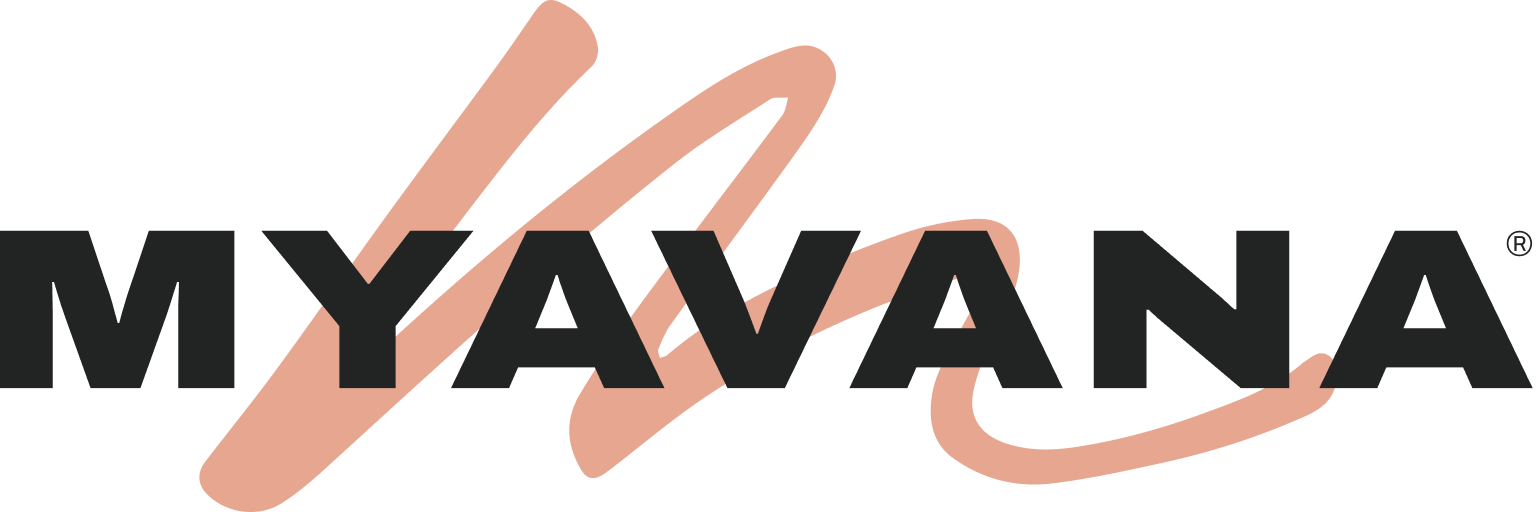
Chief Hair Officer Robin D. Groover here! In December 2020, Google trends revealed a spike in the LOC Method, at its highest peak possible. The states most interested in this method were Maryland, New York, and Georgia, making them the top three markets for the LOC Method. Myavana’s research indicates that the process of layering liquids, creams, and oils have yet to be discovered by many of those striving towards moisture retention. If you happen to be one of those people who haven’t quite caught on yet, keep reading!
What is the LOC Method?
LOC stands for liquid, oil, and cream. The LOC Method is a technique used for moisturizing hair. It consists of hydrating the hair with water, or a water-based product, which is the liquid part of the method. You would then seal in the moisture with oil, and lastly apply a cream product to close the hair cuticle, which prevents moisture loss.
What are the key benefits of the LOC Method?
The LOC method is a technique in which you layer moisture. This consists of applying liquid to hydrate the hair, oil to lock in moisture, and cream to prevent moisture loss. The exact process you use depends on how thirsty your hair is, which is often determined by your natural hair's porosity (how well your hair retains and holds onto moisture). The LOC Method is recommended for high porosity hair. For more information on porosity, click here.
What is the LCO Method?
If you’re already familiar with the LOC method, you may already know what the LCO method stands for. LCO stands for liquid or leave-in conditioner, cream, and oil. Similar to the LOC method, this technique is all about keeping your hair moisturized for as long as possible. Following the order laid out in the acronym, you would first apply a water-based product, then a hair cream, and then a hair oil for effortless, lasting hydration. The idea behind this three-step method is to lock in moisture and improve the manageability of your hair. Those with low porosity hair will benefit more from the LCO method.
What are the key benefits of the LCO Method?
The LCO Method helps prevent friction by coating your natural hair with protection. Layering on creams and oils after hydrating your hair can help to seal the strands and prevent damage to the hair cuticle and shaft.
What type of liquids and leave-ins should I use?
Water, or a water-based leave-in conditioner will work wonders. You can also use a water-based hydrating mist, or a light, water-based curl refresher.
What kind of butters and creams should I use to nourish and seal the hair?
You should use any type of thick curl cream, defining cream, or moisturizing cream to seal in the liquid. Depending on your hair type, the cream you choose can be anything from a nice moisturizer to a heavy butter.
What type of oils should I use?
· Nourish My Hair — flaxseed & monoi oil
· Soft All Over — multi-purpose oil
· Balance — grapeseed & avocado oil
· Repair My Hair — argan oil
· Balance — grapeseed & avocado oil
· Frizz Rebel — coconut & sweet almond oil
· Butter Crème — intensive moisture sealant
· Seal It Up — hydrating sealing butter
We highly recommend that you read our previous post on hair porosity, so that you better understand which method works best for your hair. We encourage you to research any method before implementing it, so that you obtain your desired results.
To keep up with Myavana, follow us on Instagram @myavanahaircare. Also, if you would like to have an analysis done on your own strands, shop the Myavana Hair Kit on our website.
Thanks for reading, see you next time!



